Sony a7R V vs Nikon Z8: A Battle of Mirrorless All-Stars
I recently stated that the Alpha 7RV is my favorite Sony camera to date, and one of the most ideal platforms for what I want personally in a camera. Since then I’ve had the pleasure of using the Nikon Z8, and it has definitely made an impression on me as the best Nikon camera I’ve used so far. When we saw that the price was similar, it made perfect sense to do a shoot-out between the two.
Before we go further, I would invite you to watch our video comparison, above, between the two cameras to really get the details about where each body specifically excels. Additionally, at the time of publication, both cameras are very similar in price: the Sony a7R V and Nikon Z8 are both hovering just below $4,000.
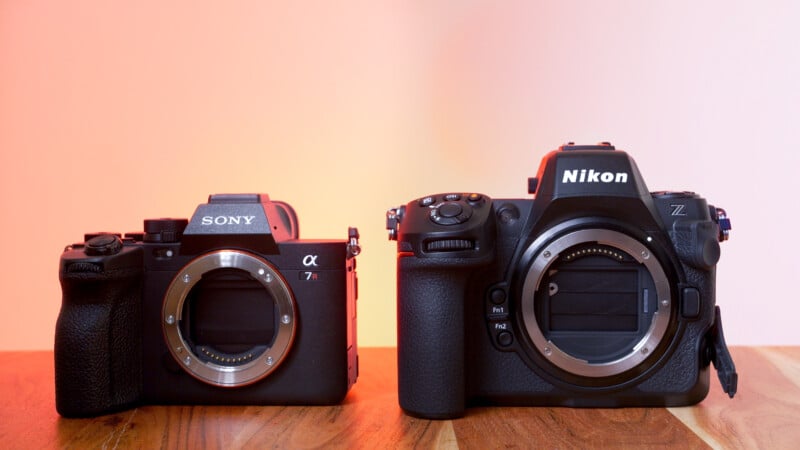
Sony a7R V: Our First Contender
The Sony a7R V has the much-improved menu systems that we’ve seen on recent Sony cameras, and I’m confused by how much dislike they still get from the photo community. The quick menu is fully customizable and the interface is for the most part, intuitive. Overall, we have a camera that’s easy to navigate and customize for the field in almost any way you’d like.
The autofocus interface couldn’t be simpler, and with the latest “AI” assisted processing is in my opinion the most fool-proof system on the market. Whether the subject is human or animal, the A7RV handles the situation without having to tweak settings or customize profiles. The real-time tracking interface is easy to set up, and I find that I never really use anything else. I can simply place the box on what I want to track confident that the camera will manage it, but if there is a subject such as a person or animal the camera is smart enough to track them as a priority. It just works well out of the box.
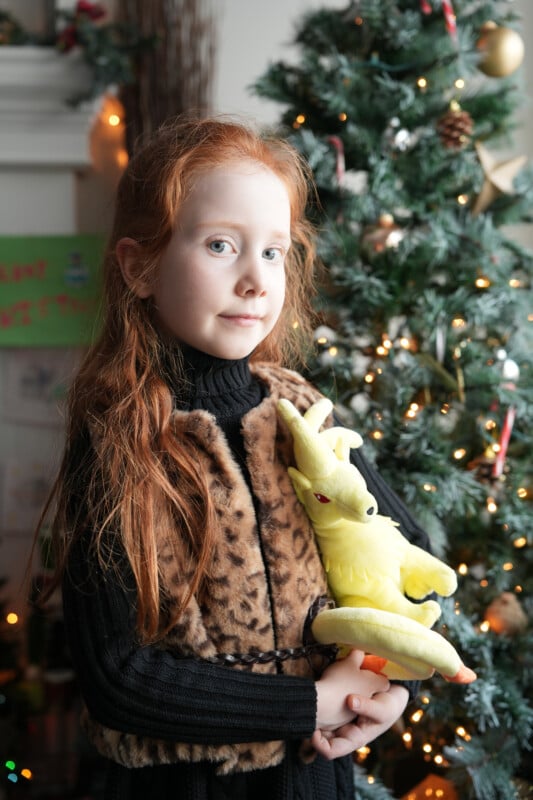
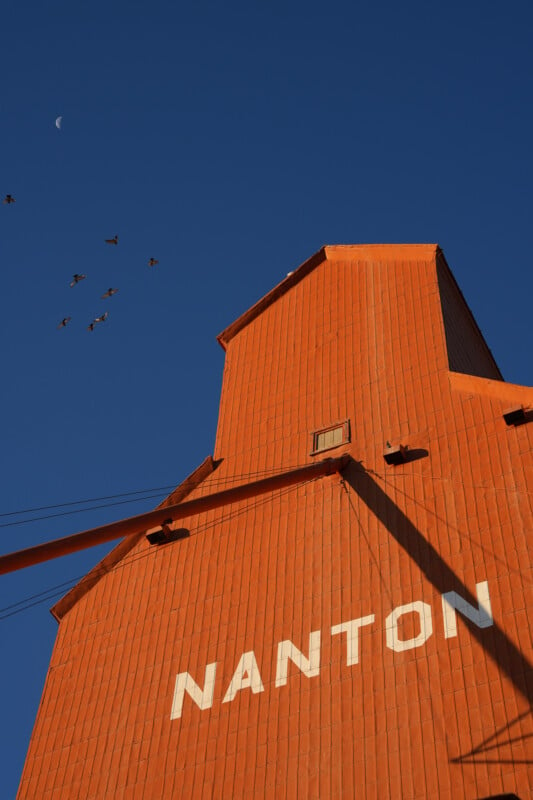
One of the advantages that the a7R V has over the Nikon Z8 is the megapixel bump from 45 megapixels up to 60 megapixels. I fully recognize that this isn’t necessarily an advantage that most people will need or even benefit from unless they choose to print big and crop heavily. Still, the 60-megapixel Sony not only delivers this extra resolution but does so without any real compromise to dynamic range or low-light performance.
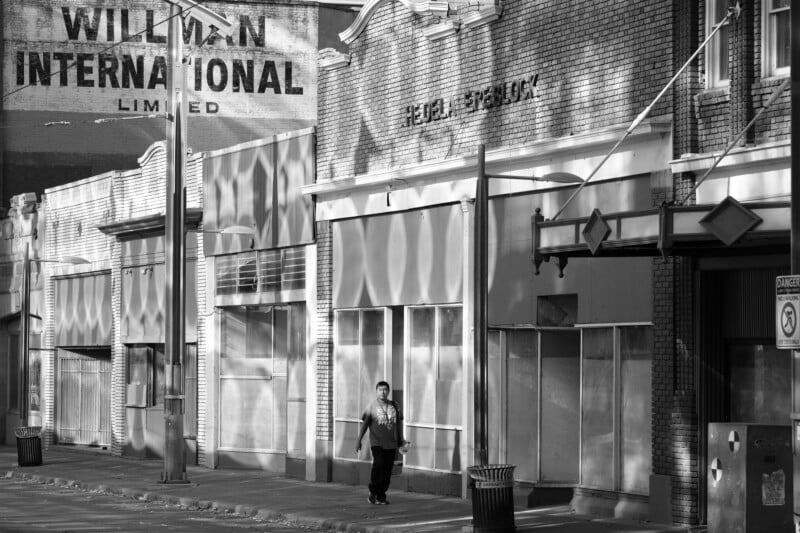
The Sony does have a couple situations where it struggles a bit. First is its fairly pedestrian continuous burst speed. With RAW files you are limited to around six frames-per-second — not bad, but not great. Video is also a bit of a weakness. To be fair, the Sony a7R V has excellent video recording capabilities, it’s really only let down by a sensor which reads out fairly slowly. Rolling shutter will be an issue, and although the quality of video is decent, it’s just not this camera’s forte.
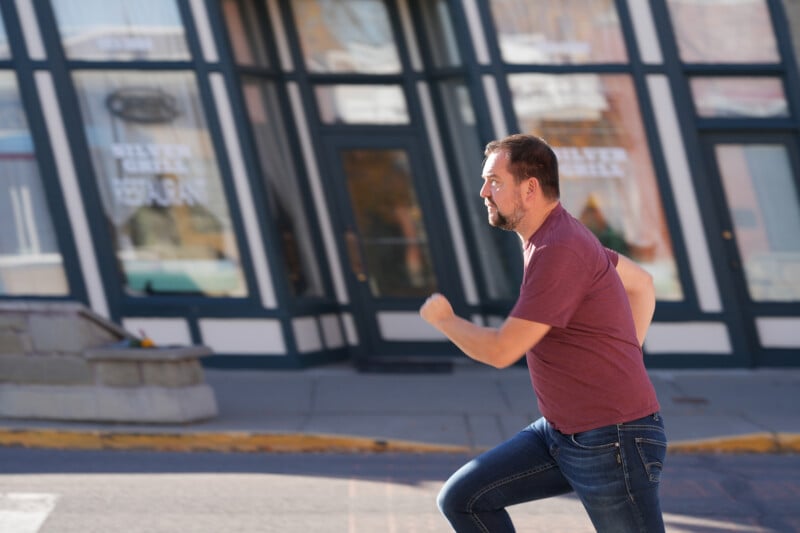
Nikon Z8: And in This Corner…
The Nikon Z8 is one of the most versatile cameras that I’ve used in a long time. It handles beautifully, with an ergonomic design that most people will enjoy using. All the buttons are easy to access and the larger grip feels nice in the hand. I particularly like the autofocus control button down near the bottom of the camera. This has been a popular control on Nikon bodies for years now, and makes switching AF modes a breeze.
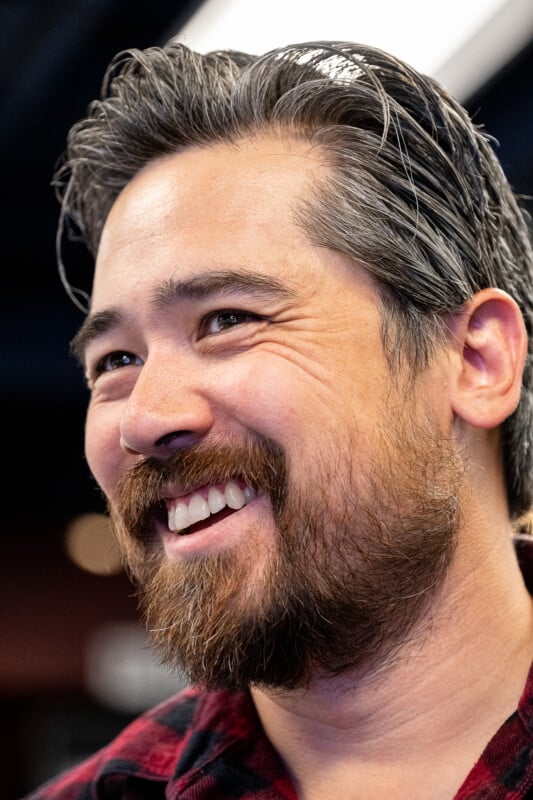
The main strength of the Z8 comes down to its incredibly fast reading sensor which makes a mechanical shutter obsolete. Shooting exclusively in electronic shutter mode, the Z8 can push RAW files out at 20 frames-per-second, all day long. Although the autofocus isn’t as reliable as the Sony A7RV, it’s still an excellent system with effective subject detection modes. It tracks animals well across the frame, and picks up potential targets at long distances.
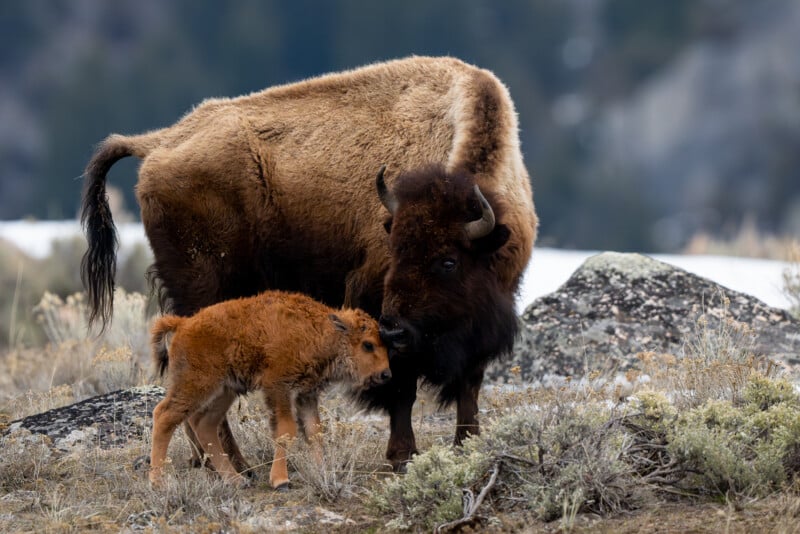
The Nikon Z8 churns out beautiful images with rich colors, and plenty of detail. Most users will find 45 megapixels to be an ideal sweet spot, striking a balance between detail and manageable file sizes. It also excels as a video camera, offering 8K recording up to 60P. The 4K 60P recording is oversampled, and very high quality. NRaw record modes expand the versatility of the Z8, and it manages excessive overheating very well.
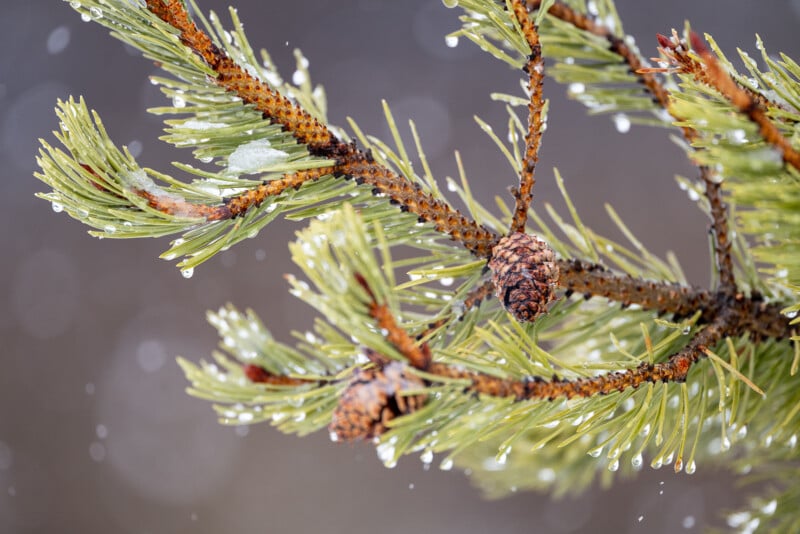
Sony A7RV vs Nikon Z8: Who’s The Winner?
In our video comparison, the Sony a7R V wins in almost every category. The sensor has more megapixels, the autofocus is more effective, and I do personally prefer the handling and extended battery capacity. There is no denying that the a7R V is a very capable camera, and watching our video is recommended to get the full picture of how we came to this conclusion.
However, it’s the Nikon Z8 that might be the surprising winner when you take in to consideration all the factors.
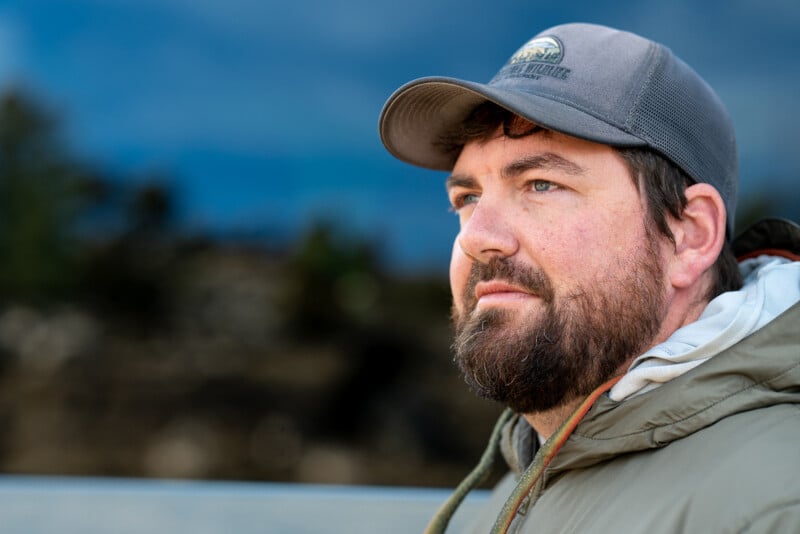
The Nikon Z8 is easily the more versatile choice overall and in many ways is a better purchase for the majority of photographers. The Sony a7R V is an excellent choice for landscape photographers and studio shooters, and its autofocus capabilities are still unparalleled. However, the Nikon Z8 can absolutely handle the above situations and still go well beyond the Sony when shooting sports, action, or wildlife. It’s also a superior video platform to the Sony a7R V, and indeed competes with some of the best mirrorless hybrids available.
It’s hard not to recommend the Nikon Z8 to anybody at its price range, and I can’t think of a photographic situation that it wouldn’t handle with aplomb.